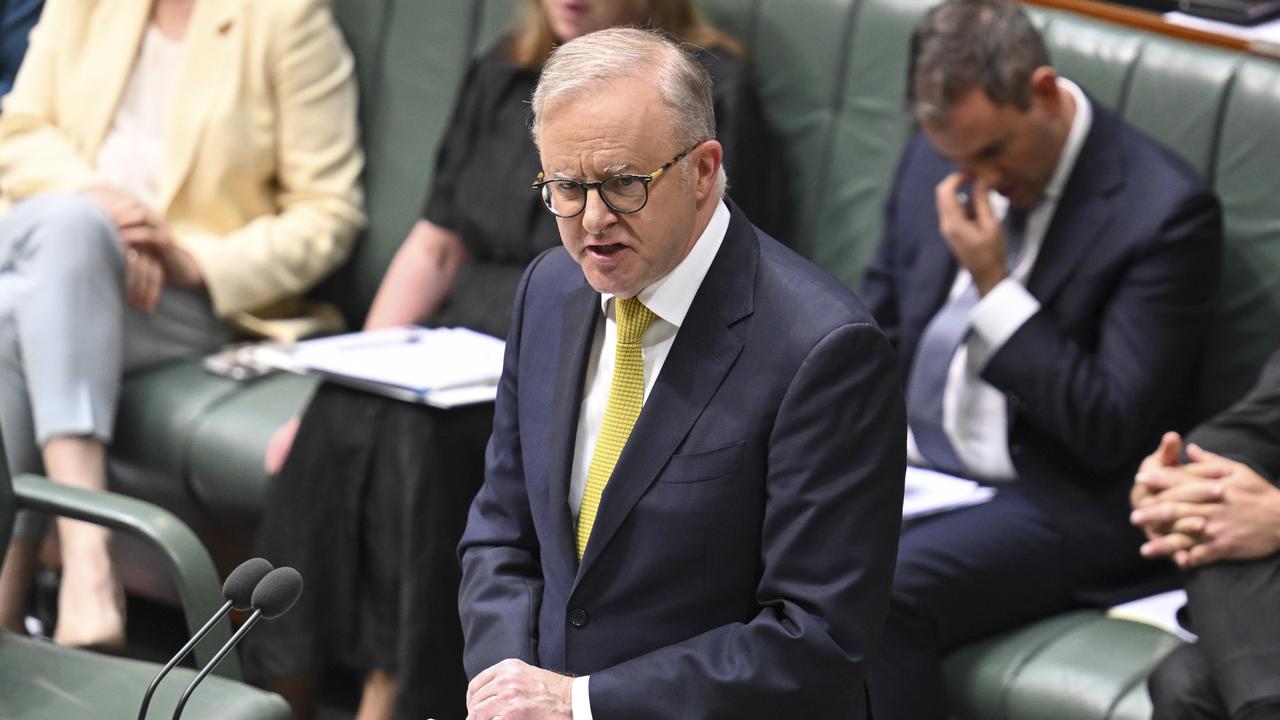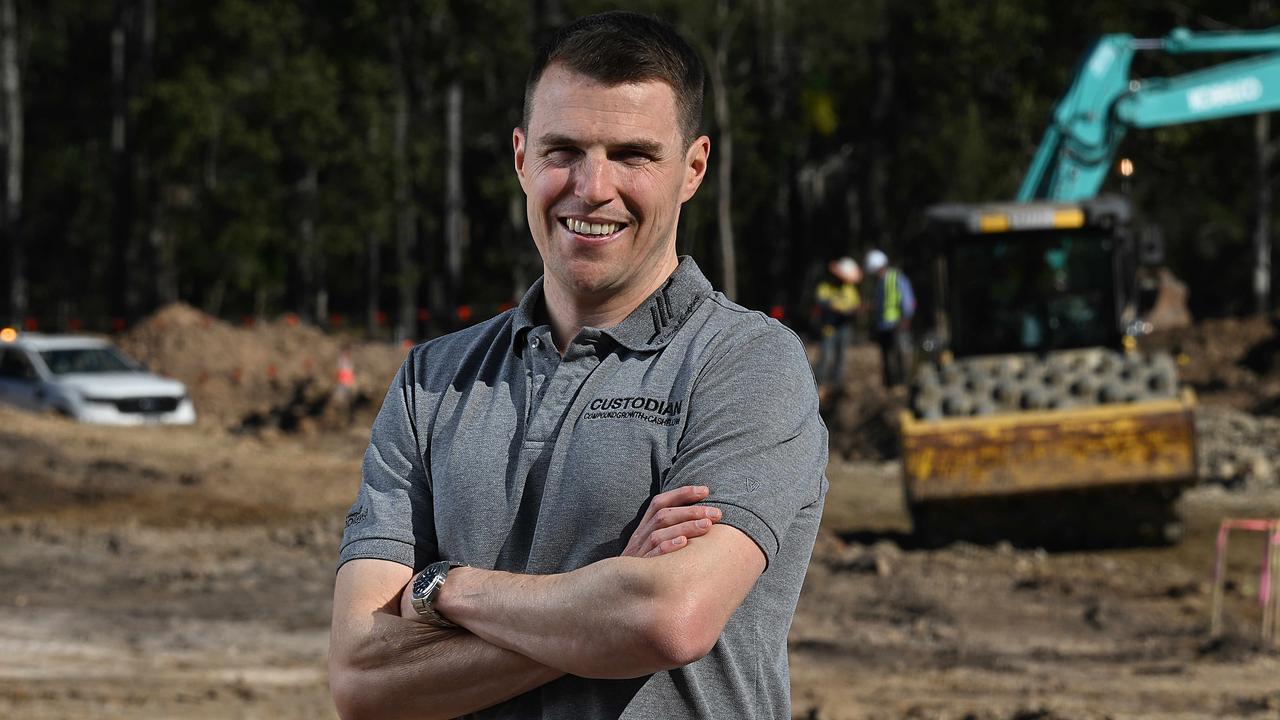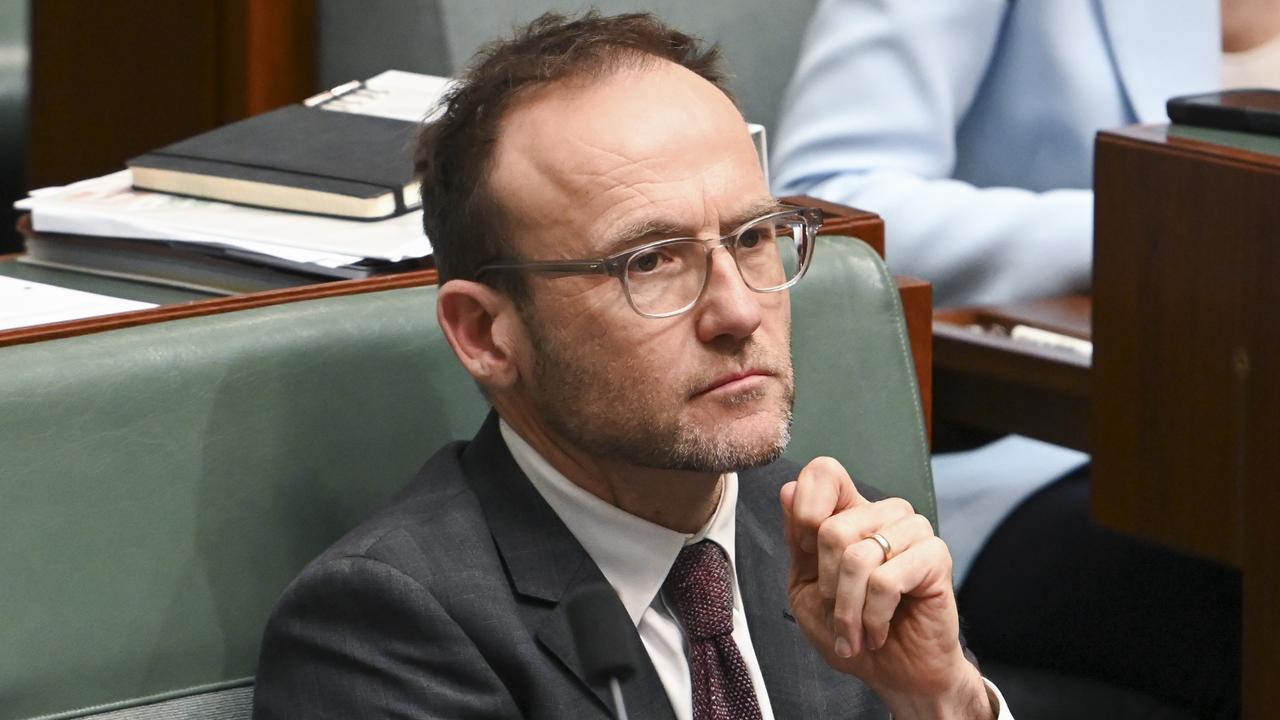Labor’s new housing deal needs three tweaks to be game changing
The PM’s new legislation might be seem like a massive help to struggling homebuyers but there’s a massive trap.

The Albanese Government this week finally passed its ‘Help to Buy’ legislation – helped along by the Greens, who had held it up in what was a lengthy standoff.
I first wrote about this policy years ago.
You’ll remember it was the Labor Government’s core housing policy in the lead-up to the 2021 Federal Election.
After months (years even) of back and forth between the Greens and Labor Party, the policy was finally passed – largely in the form it was proposed in the lead-up to that election three years ago.
I love this Help to Buy policy, it really is a game-changer for the property market in this country.
MORE:Huge prediction for Aussie house prices

MORE:Sign RBA is creating ticking time bomb
There are two challenges to home ownership in Australia: the deposit, and the repayments.
We do a pretty good job with the first one. Queensland leads the way on this front, contributing a generous $30,000 toward a new home purchase for eligible first-home buyers.
Where the Help to Buy policy comes into its own is by helping with the second challenge, the repayments – a first in our country.
Under the policy, which is expected to pass when it goes back to the House for ratification (Labor has the numbers), the Government will contribute up to 30 per cent of the cost of an existing house and up to 40 per cent of the cost of a new home.
The first homebuyer will have to contribute at least 2 per cent.
This will mean a first homebuyer will have to borrow the balance – 68 per cent for an existing home and 58 per cent for a new home.
This will cut out a big chunk of the repayments and subsequent strain on household budgets.
I have no doubt the policy will be extremely effective in enabling homeownership for many Australians who are presently locked out of the market. It will in fact be available to 10,000 first homeowners annually.
Sure, the Government will own between 30 per cent and 40 per cent of the property and the corresponding amount of value growth in that property, but as the saying goes – half of one is better than all of none.
Equally, I’d say it’s a good allocation of Government money that will provide quite the future windfall for its coffers (and therefore future Australians).
While I’m a big fan of the policy, it’s still not perfect, but again we should never let perfect get in the way of better.
MORE:Home loan trap taking years to escape

MORE:Where the population has boomed most and why
There are three things I’d like to see the government tweak and add to the policy over time: Dwelling values, Incomes and Essential services.
The dwelling values eligible for the policy are too low – well below the median dwelling value in almost every capital city.
Sydney: Eligible dwelling value is $950,000, compared to a median dwelling value of $1.2 million.
Melbourne: Eligible price is $850,000, vs. a median dwelling value of $780,000 (Melbourne’s market has not moved in the past two years).
Brisbane: Eligible price is $700,000, vs. a median dwelling value of $885,000.
Perth: Eligible price is $600,000, vs. a median dwelling value of $810,000.
Adelaide: Eligible price is $600,000, vs. a median dwelling value of $805,000.
Sources used are the Australian Government and CoreLogic.
This gap is in part because it took three years to pass the legislation, during which median property values increased by at least 20 per cent in each capital city.
The solution is to peg the eligible prices to median dwelling values in each city.
MORE:Half of renters experiencing financial difficulties

There is a maximum income threshold of $90,000 per annum for singles and $120,000 for couples.
This is too low also. The average full-time income in Australia is today $103,000. The average household income is now more than $140,000.
The solution is to peg the income threshold to the average wages and household income figures.
I’m of the view that there should be a separate policy for essential service workers.
A full-time teacher would earn more than the $90,000 income threshold these days.
What’s more, if the school they teach at is in inner Sydney, where the median house price is likely to be more than $2 million.
Our teachers, nurses, policemen, firefighters and other essential service workers should be able to live a manageable distance from their place of work and also be able to realise the great Australian dream of home ownership.
The solution is for discretion to be applied on a case-by-case basis acting reasonably when it comes to certain essential service professions.
And again, while the policy isn’t perfect, it no doubt will be tweaked for the better over time.
That said, there an enormous amount more opportunity for first-home buyers today than there was yesterday, and that’s a great thing!
Originally published as Labor’s new housing deal needs three tweaks to be game changing



